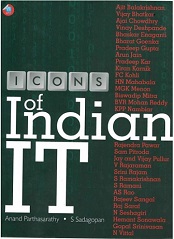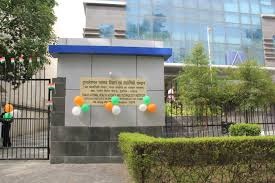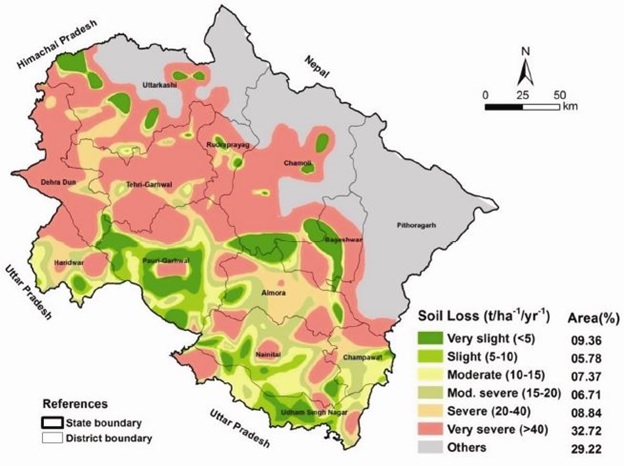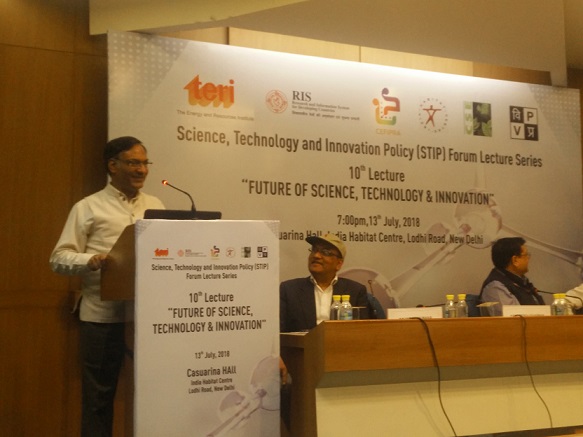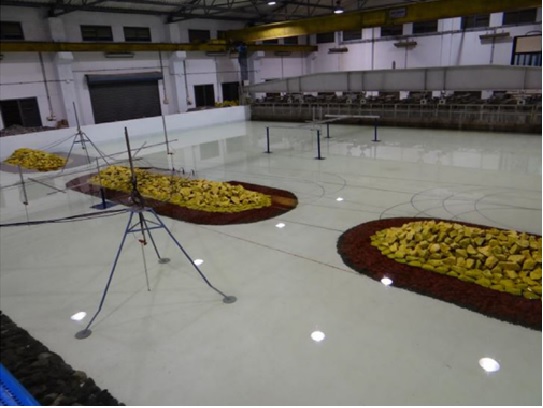The very mention of India’s success in information technology throws back familiar names of leading IT companies with billions of dollars of turnover. Forgotten are scores of scientists, academics, bureaucrats and entrepreneurs who did pioneering work decades ago to make India a formidable name in the technology business.
A new book by technology writers Anand Parthasarathy and S Sadagopan is an attempt to fill this gap in understanding of the Indian IT industry. The book “Icons of Indian IT”, as the name indicates, profiles 25 of India’s technology pioneers from academics, government and industry. Few today would know about the early work in computer education and programming done at the Indian Institute of Technology, Kanpur by H N Mahabala and V Rajaraman in the 1960s and the 1970s, under the guidance of H K Kesavan, or the pioneering work done by R Narasimhan at the Tata Institute of Fundamental Research (TIFR).
After initiating computer education in Kanpur, Mahabala established the computer centre at IIT Madras and Rajaraman wrote a series of computer science text books. IIT Kanpur also forged partnership with industry, particularly, Tata Locomotives and TCS. Rajiv Sangal initiated the work on natural language processing and machine translation at IIT Kanpur. The teaching of computer science and engineering slowly spread to other institutions, creating a pool of trained manpower which eventually helped private industry.
In addition to those in academic institutions, scientists and technocrats working in government institutions contributed further to the spread of computer culture and computerization in the country, the book says. S Ramakrishnan, for instance, implemented the rollout of the Education and Research Network (ERNET) under the Department of Electronics (DoE).
The book describes Dr N Seshagiri, who was founder of the National Informatics Centre (NIC), as ‘India’s true IT visionary’. Seshagiri was instrumental in introduction of computers in the government through rapid spread of NICNET all over the country. His most significant contribution was conceptualization and implementation of the Software Technology Park (STP) scheme which led to exponential growth of software exports in the 1990s. Bureaucrat N Vittal played a critical role in clearing the hurdles in the way of making STP a grand success, as secretary of the DoE and later secretary of the Department of Telecommunications. The book also recalls the work of Sam Pitroda in the 1980s as technology advisor to the Prime Minister and head of the Centre for Development of Telematics which developed India’s first digital rural telephone exchange.
Among the entrepreneurs featured in the book are Ajai Chowdhry (co-founder of HCL), Ajit Balakrishnan (founder of Rediff.com), Vinay Deshpande (who developed Simputer), besides Arun Jain, Bhaskar Enaganti, Pradeep Kar, Rajendra Pawar, Jay and Vijay Pullur, Hemant Sonawala, Raj Sarf and Srini Rajam.
The contributions of Faqir Chand Kohli, the patriarch of TCS - have been recalled in detail. Kohli emphasizes the need for Indian language computing. “All computer companies are making good money abroad including my own and they do not have the time that needs to be devoted to make a change at home,” laments Kohli. Another important personality featured in the book is Biswadip Mitra of Texas Instruments which pioneered silicon design in India in the 1980s. on the hardware manufacturing side, Gopal Srinivasan of TVS which –played a key role in dissemination of technology through hardware like dot matrix printers and point of sale machines.
Although not a chronological or thematic overview of the Indian information technology sector, the book provides a handy compilation of tech leaders and entrepreneurs for the uninitiated. Since many of personalities featured worked in the same time period, there is a lot of overlapping information. Nevertheless, it is a welcome addition to the growing body of literature on the Indian technology sector. (India Science Wire)
About the book

